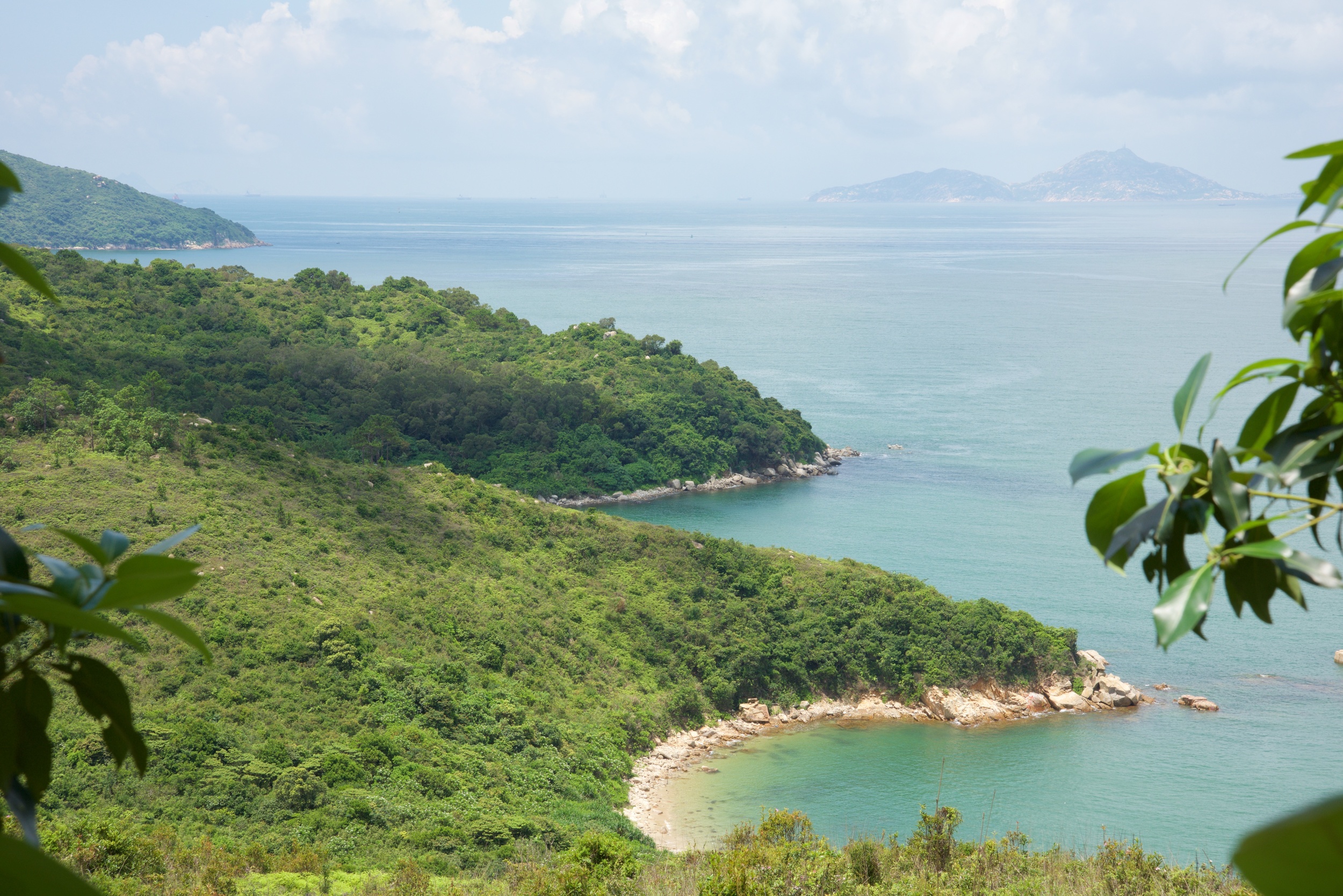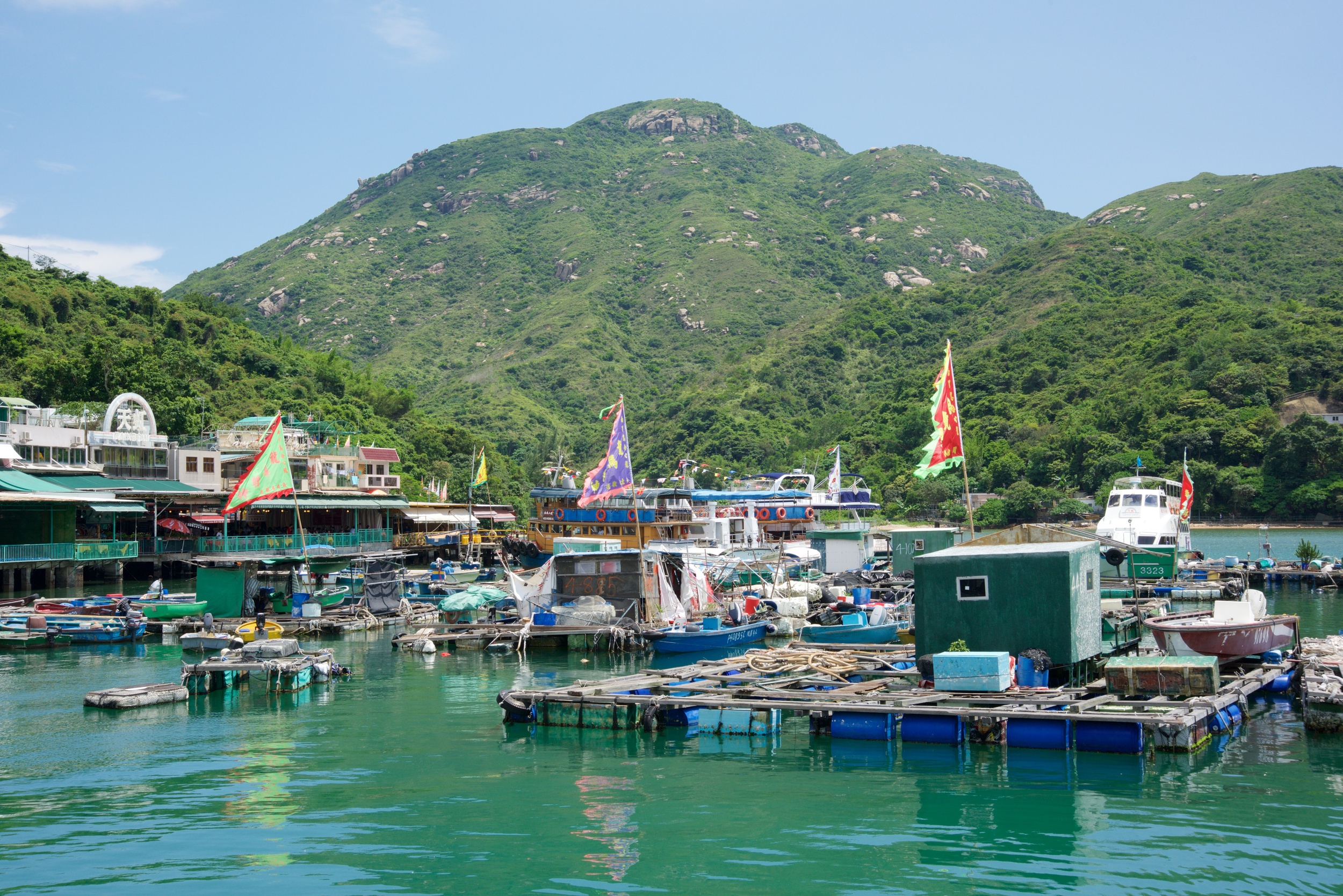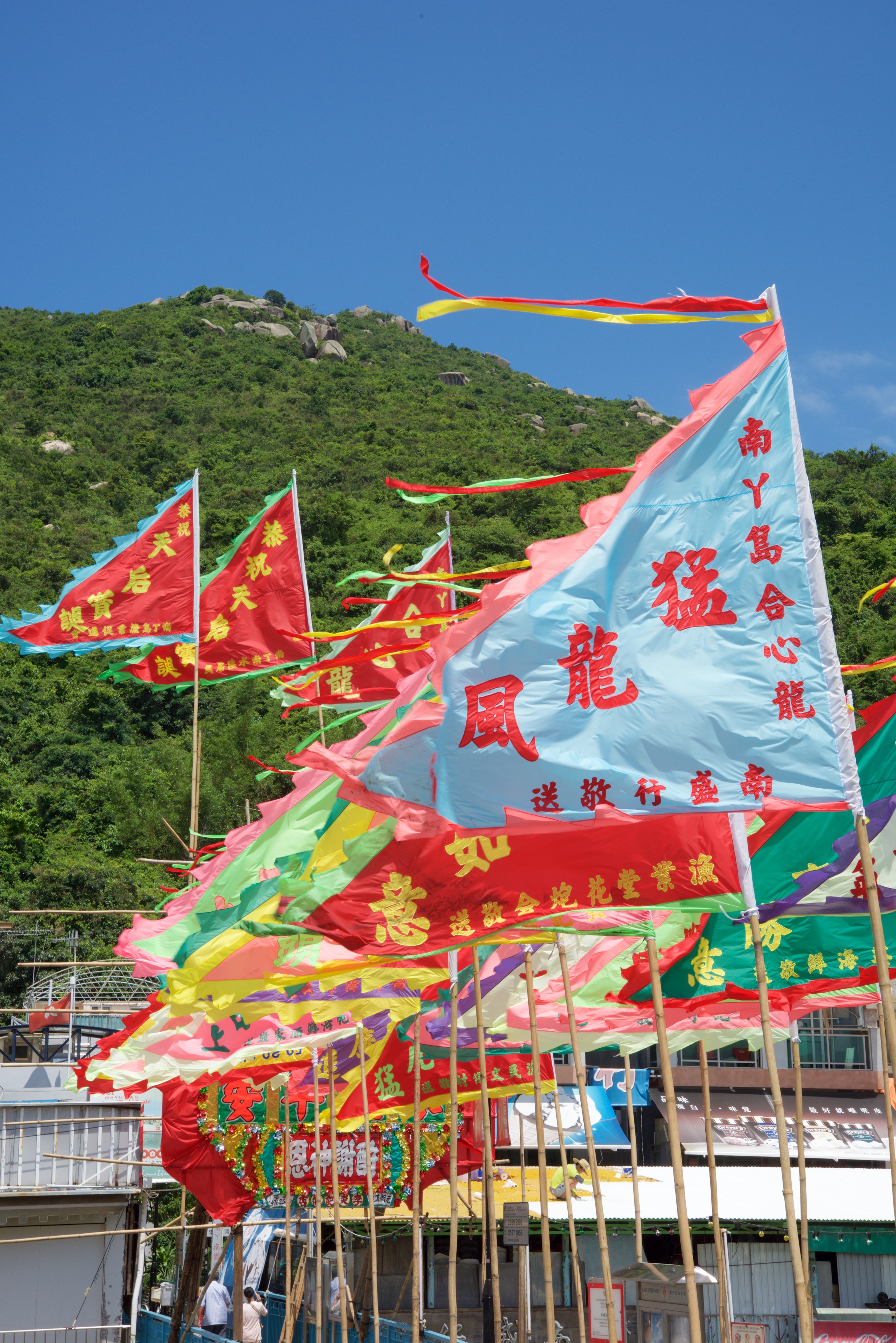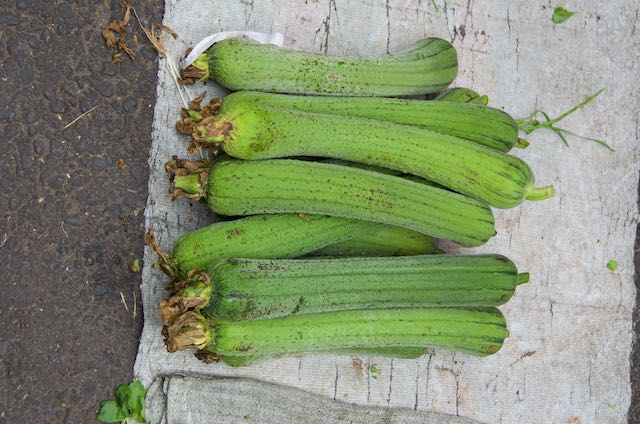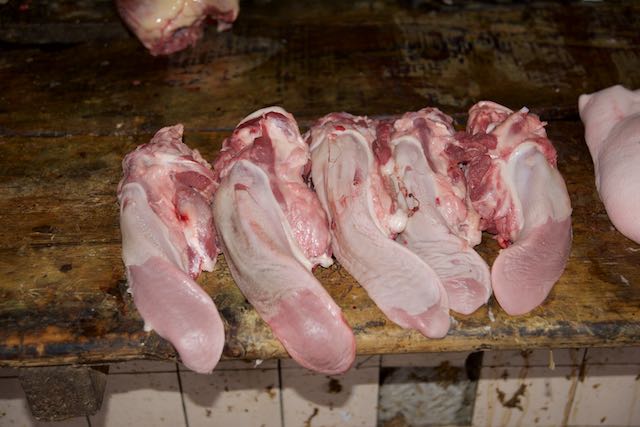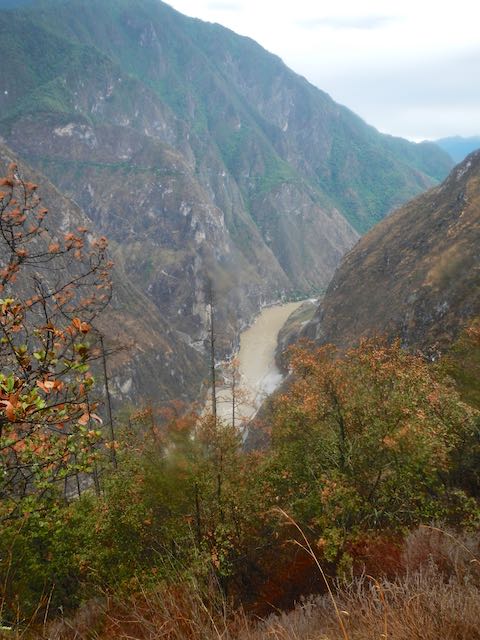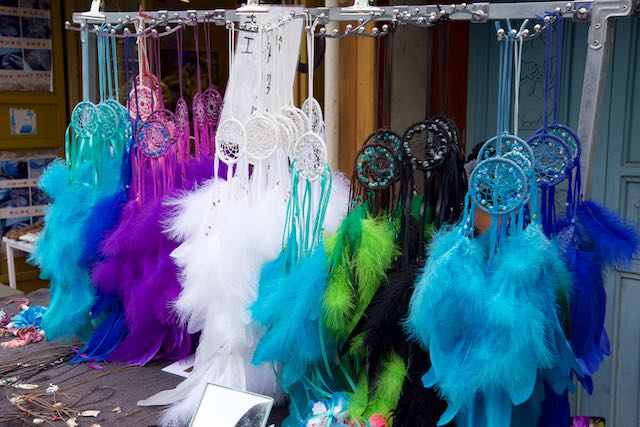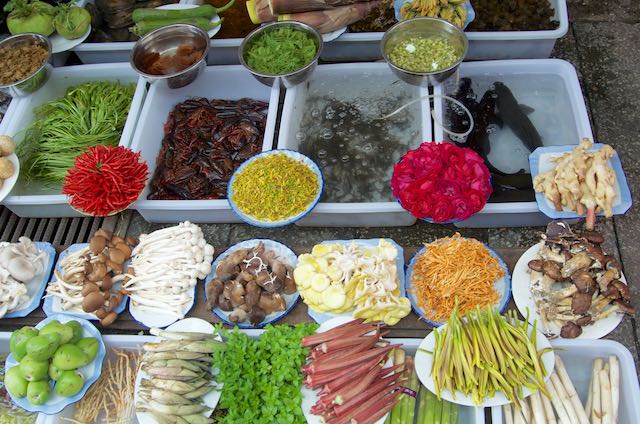We slept surprisingly well despite the cramped conditions on the train and by 0745 we were in Xi’an at the main central station. As in Beijing the crowds were extraordinary but the older style station meant no escalators and in their place crowded stairways. This certainly added to the difficulty of getting out of the station.
Paul had arranged for a bus and within minutes we were at our hotel, the HNA Business Hotel in central Xi’an. The room we have is excellent and we even have access to wifi which had not been the case for much of the time in Beijing.
After showering and doing some washing we jumped on our bus and headed off towards the Terra Cotta Warriors Mausoleum some ninety minutes away.
Paul had arranged for us to have lunch in a small family restaurant that specialised in the local cuisine. This was most enjoyable and for the first time we has a dessert course which was potato wedges covered on toffee; strange to say the least.
Even for a second time, a visit to the Terra Cotta Warriors Museum is a fantastic experience.
The first of the Qin Emperors, Qinshihuang was buried about 2200 years ago within a tomb surrounded by thousands of clay modelled warriors most of whom were around two metres tall. All are individually carved from terracotta clay and each one has a different face, hair-style and stature. The warriors’ horses are individually carved too. The warriors and horses are all hollow and so where they have broken apart they’ve become clay fragments which are very hard to reassemble. This is a jig-saw puzzle of monumental proportion!
The mausoleum was hidden underground and only discovered by accident in 1974 when a farmer found a subsided section in one of his paddocks. Apart from the warriors there are horses but most of the discovered relics were severely damaged due to either other ancient intruders or the general passage of time.
The task of recovery and repair to this fabulous site is slow and very costly despite UNESCO’s assistance.
It is now suggested that there are three more major sites of terra cotta warriors within the 56 km2 area.
In the centre of this vast area is a man-made hill some 125 m high which is thought to have been originally a much higher pyramid under which Emperor Qinshihuang is buried. The burial chamber is recorded in later history as being adorned with precious jewels and surrounded by a moat of mercury which symbolised the mighty Yangtse and Yellow Rivers of China. The Emperor’s concubines who had no children were supposedly killed and buried with him.
The four main museums in the complex have their exhibits beautifully presented and the information (in English) is very detailed and comprehensive.
The final museum we visited held amongst other things two bronze chariots each towed by four bronze horses, all to half life-size scale. These were magnificent and the detail of the bronze sculpture was superb. In this same room were swords, arrows and axes made from hardened bronze, a metallurgical skill that we can’t replicate today. As was evident from the exhibits, the Qin dynasty had perfected chrome plating around 200 BC, a skill that didn’t reach Europe until the late nineteenth century!
We then returned to our hotel in Xi’an for some well deserved rest after three days of frenetic tourist activity and limited sleep.








